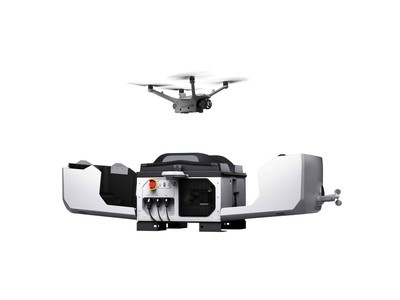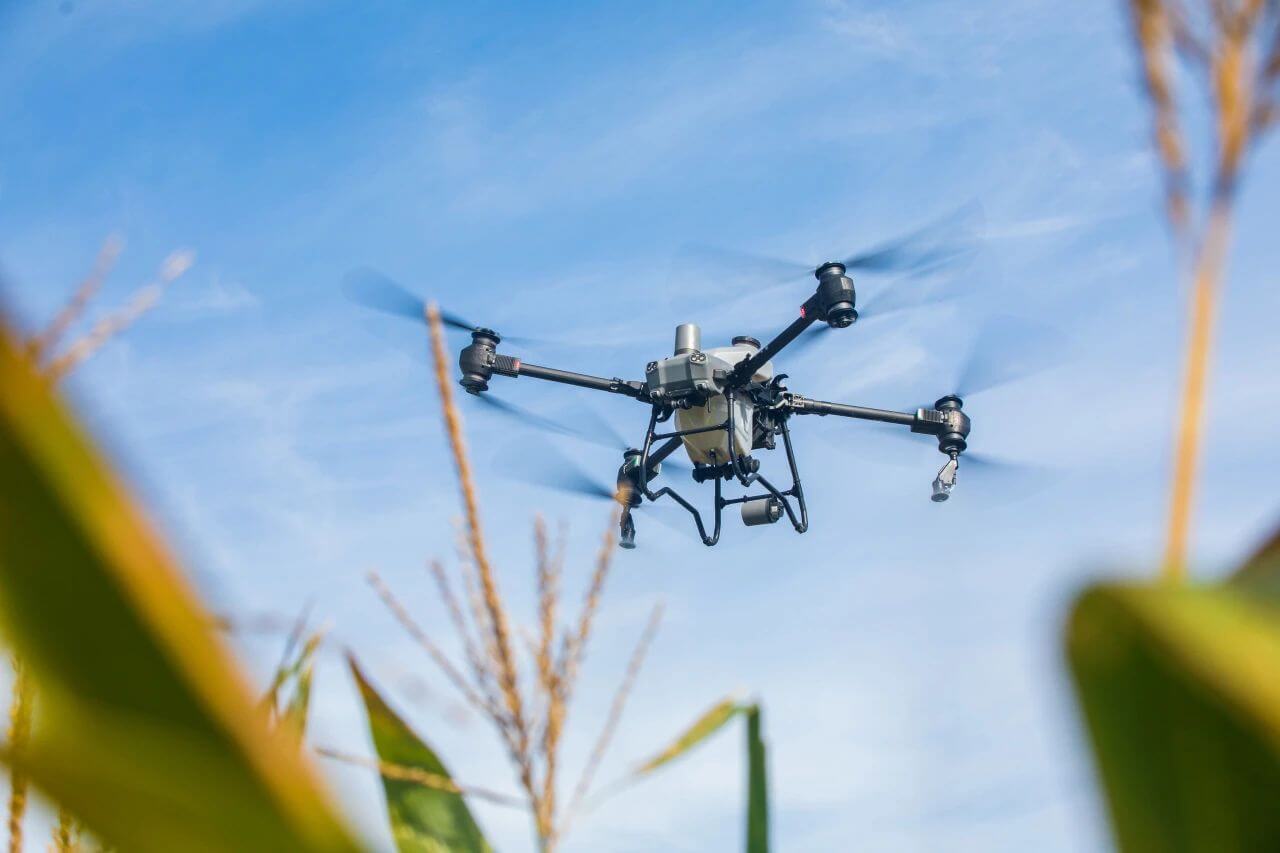In recent years, drones have significantly advanced in technology, offering immense value in various sectors such as agriculture, photography, and delivery services. However, like any technological innovation, drones are not immune to challenges, and one of the less-discussed yet impactful challenges comes in the form of bugs. Bugs in drones can refer to software glitches, physical insect interference, or mechanical faults that might affect their functionality. This article delves into the effect of these issues on drone performance, providing insights for enthusiasts and professionals alike.
Understanding the Types of Bugs in Drones
When discussing bugs in drones, we typically refer to two categories: software and physical. Software bugs in drones are coding errors that might cause unexpected behavior, impacting flight stability and system processes. On the other hand, real insect interference, especially during outdoor operations, can present challenges ranging from minor distractions to significant flight path deviations.

Software Bugs and Their Implications
The software glitches in drones often stem from complex coding errors. As drones become more sophisticated, the integration of AI and advanced algorithms make them susceptible to bugs that can compromise flight logic and data transmission. Glitches can lead to erratic controls or complete system failures, posing risks to both the drone and its surroundings.
Physical Insects as Obstructions
While software bugs are a prevalent issue, actual bugs—or insects—are a constant threat to drone operations, particularly in agricultural scenarios. Swarms of insects can damage the propellers or sensors, leading to potential flight mishaps. Understanding how to mitigate these physical threats is crucial for maintaining drone efficiency in sensitive environments.
scenarios. Swarms of insects can damage the propellers or sensors, leading to potential flight mishaps. Understanding how to mitigate these physical threats is crucial for maintaining drone efficiency in sensitive environments.
Preventive Measures and Solutions
Drones require systematic checks to identify and eliminate potential bugs. Regular software updates can address and correct vulnerabilities before they disrupt normal operations. Additionally, protective casing or insect deterrents may be adopted to shield drones from physical insect invasions.
- Firmware Updates: Always ensure that your drone runs on the latest firmware to mitigate software-related bugs.
- Environmental Assessment:
- Before deploying drones in rural areas, evaluate the presence of insects to strategize accordingly.
- Routine Maintenance: Conduct regular physical inspections and maintenance of drones to prevent mechanical failures caused by insect debris.
Future Innovations and Developments
Researchers are continuously exploring ways to enhance drone resilience against both categories of bugs. The integration of more robust software solutions and the development of AI capable of anticipating and reacting to potential threats are on the forefront. As drones evolve, the capacity to autonomously adapt to adverse conditions becomes increasingly important.
By focusing on these improvements, manufacturers aim to offer more reliable drones that can seamlessly operate in diverse environments, free from the hindrances that bugs present currently.
Conclusion
Understanding the impact of bugs, whether software-induced or by flying insects, is crucial for anyone working with drones. As technology advances, the hope is that drones will evolve to counteract these problems autonomously. Until then, continuous vigilance and adaptation remain the best strategies to ensure optimal drone operations.
FAQs about Bugs and Drones
- What are the most common software bugs in drones?
- Common software bugs include errors in navigation algorithms and communication protocols that might affect data processing and flight stability.
- How do insects affect drone performance?
- Insects can interfere with drone sensors and cause damage to propellers, resulting in stability issues or flight path deviations.
- What measures can be taken to protect drones from insects?
- Using protective casings, deploying drones in low-insect-density areas, and regular inspections can significantly reduce the risk of insect interference.